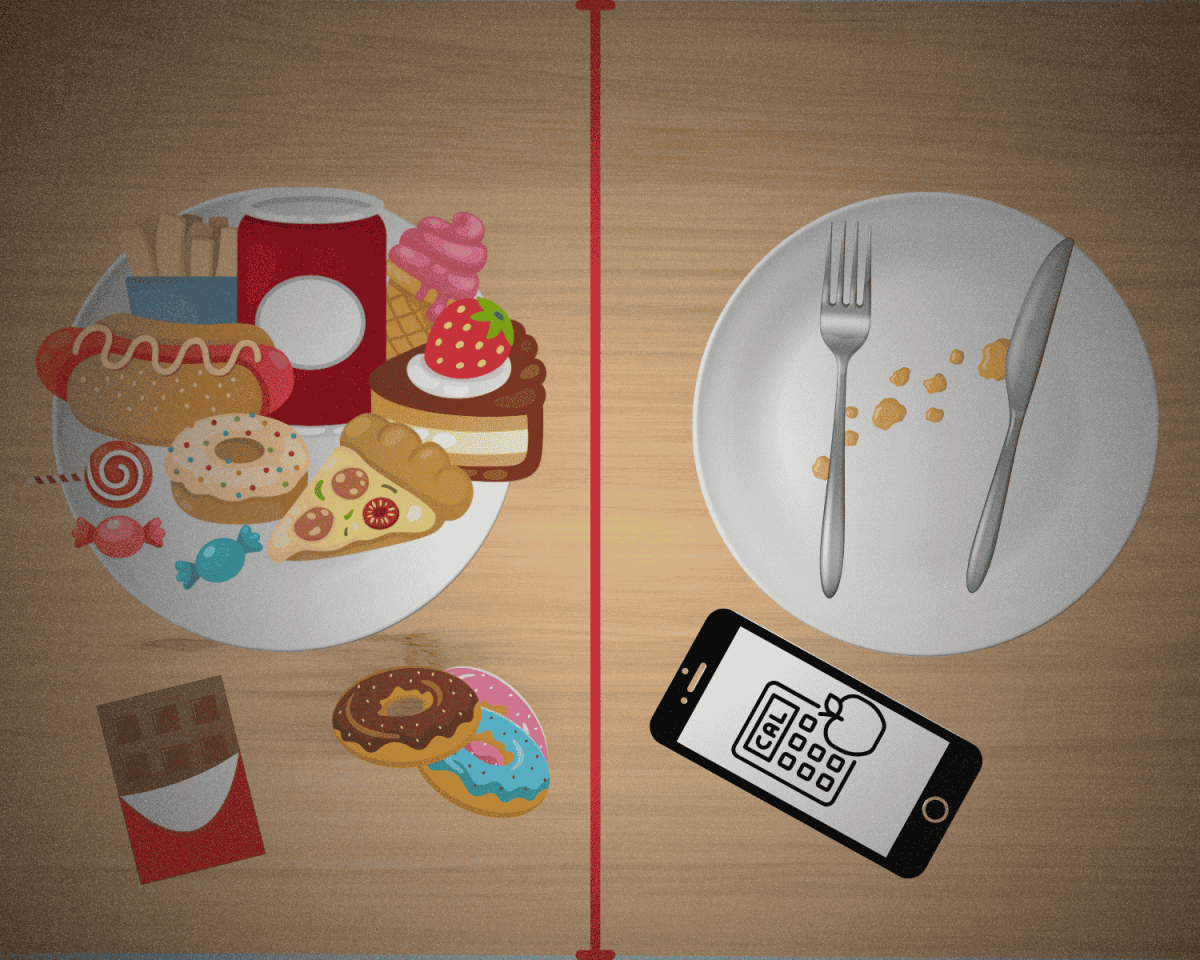Tasty!
April 18, 2023
In my seventh grade science class we watched an experiment where people were given pieces of vanilla cake, with the only difference between them being the color of the frosting. Despite the slices all being the same flavor, the participants consistently identified different profiles based on the icing— the yellow slice was often thought to be lemon, the pink was “strawberry”, and so on.
Ever since then, I’ve wondered how flavor really works. If it isn’t as simple as what you put in your mouth, then what is it?
One of the most consistent parts of the human experience is how we interact with food and flavor, from learning to “not eat the bright red berries” as kids to developing incredibly specific individualized palettes as adults. But how does it all work; where does the tongue end, and where do the brain and evolution begin? Why do we experience flavor the way we do as a species, why do we experience it differently as individuals, and what’s up with my lifelong vendetta against lemons?
As it turns out, flavor and taste are two completely different things. Taste, or gustation, relates to reactions between taste receptors (or taste buds). Water soluble compounds meet with the taste buds to create the five basic tastes: salty, sweet, sour, bitter, and umami.
Flavor, on the other hand, is a combination of gustatory and olfactory receptions. A specialized patch of nasal neurons detect certain compounds, and the brain then combines the taste and smell to form what we know as flavor. Because the brain has to combine multiple inputs to create “flavor”, that is how other factors like deceivingly colored frosting can impact how we experience food.
In terms of preferences, many generalized human taste aversions can be linked to evolution; we like sugar because we connect sweetness to compounds that are important for growth and energy production, and we dislike bitterness because it is how we perceive many poisons. The trial and error of our ancestors continues to impact how we perceive food.
But this is not the only component in forming unique palettes. The way kids eat in childhood can significantly impact their preferences later in life.
Julia A. Mennella is a biologist whose research specializes in how maternal diet impacts food preferences and aversion to flavors in children. In one study, she explores variety in children’s diets and how it impacts their later preferences. Overall, kids who had a wider variety of foods introduced to them at a young age were more likely to have a more diverse palette later in life, along with improving their nutritional intake. “The types of complementary foods introduced in infancy not only impact current nutritional status but possibly also food preferences later in life,” she says.
Flavor and taste are not as simple as they may seem. From evolutionary survival tactics to complicated brain connections that form how we experience food, there is a lot more to the science of flavor than meets the eye (or, rather, the tongue).





























